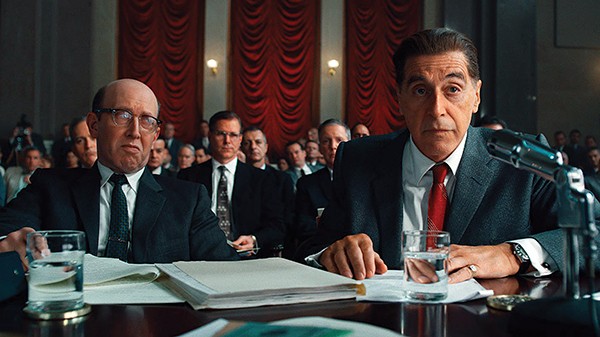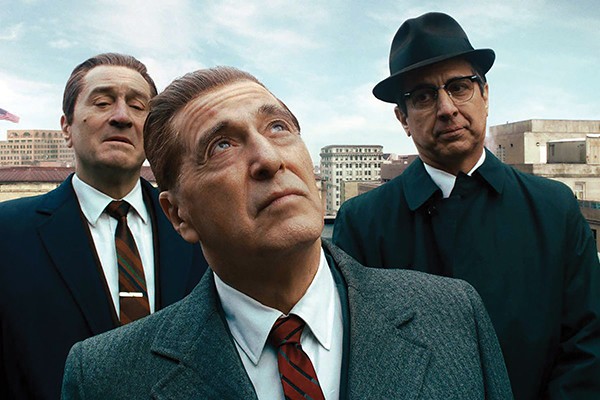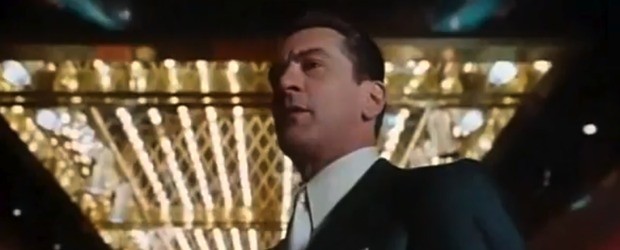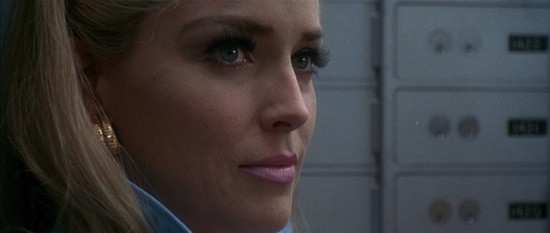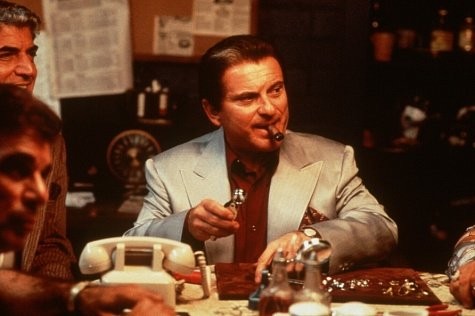When I asked Craig Brewer why people love Hustle & Flow, he attributed the film’s success to DJay, memorably portrayed by Terrence Howard. DJay is a pimp and low-level drug dealer, but he’s also an aspiring rapper who loves Shug (Taraji P. Henson). DJay veers back and forth between doing good — creating music, building community, and giving Shug hope — and doing bad — exploiting women and hurting people. The audience roots for DJay to do the right thing, and the drama is whether or not he will transcend his circumstances and emerge a more complete person.
Martin Scorsese’s new masterpiece, Killers of the Flower Moon, is animated by the same moral tug of war. Ernest Burkhart (Leonardo DiCaprio) is a veteran returning to his hometown of Gray Horse, Oklahoma, after serving as a cook in the Army during World War I. The not-exactly-war-hero is taken in by his uncle, William Hale (Robert De Niro, in rare form), who insists on being called by his middle name, King. Things have changed since Ernest went away. Oil was discovered on land belonging to the Osage tribe, upending the racial hierarchy to which the white Oklahoma establishment was accustomed. Scorsese deftly demonstrates the new power dynamic in a sweeping tour of the town, ending with a white car dealer on his knees begging a well heeled Osage couple to buy one more luxury automobile so he could feed his family.

The exception to the ever-present racial tension is King Hale, who has earned the Osages’ admiration with his generosity and fair dealing. In public, he treats them like any other rich landowners. He even pushes Ernest into courting an Osage woman named Mollie (Lily Gladstone). Ernest, a simple man who just wants a woman who “smells good,” goes along with the plan, first becoming Mollie’s driver, then worming his way into her bed.
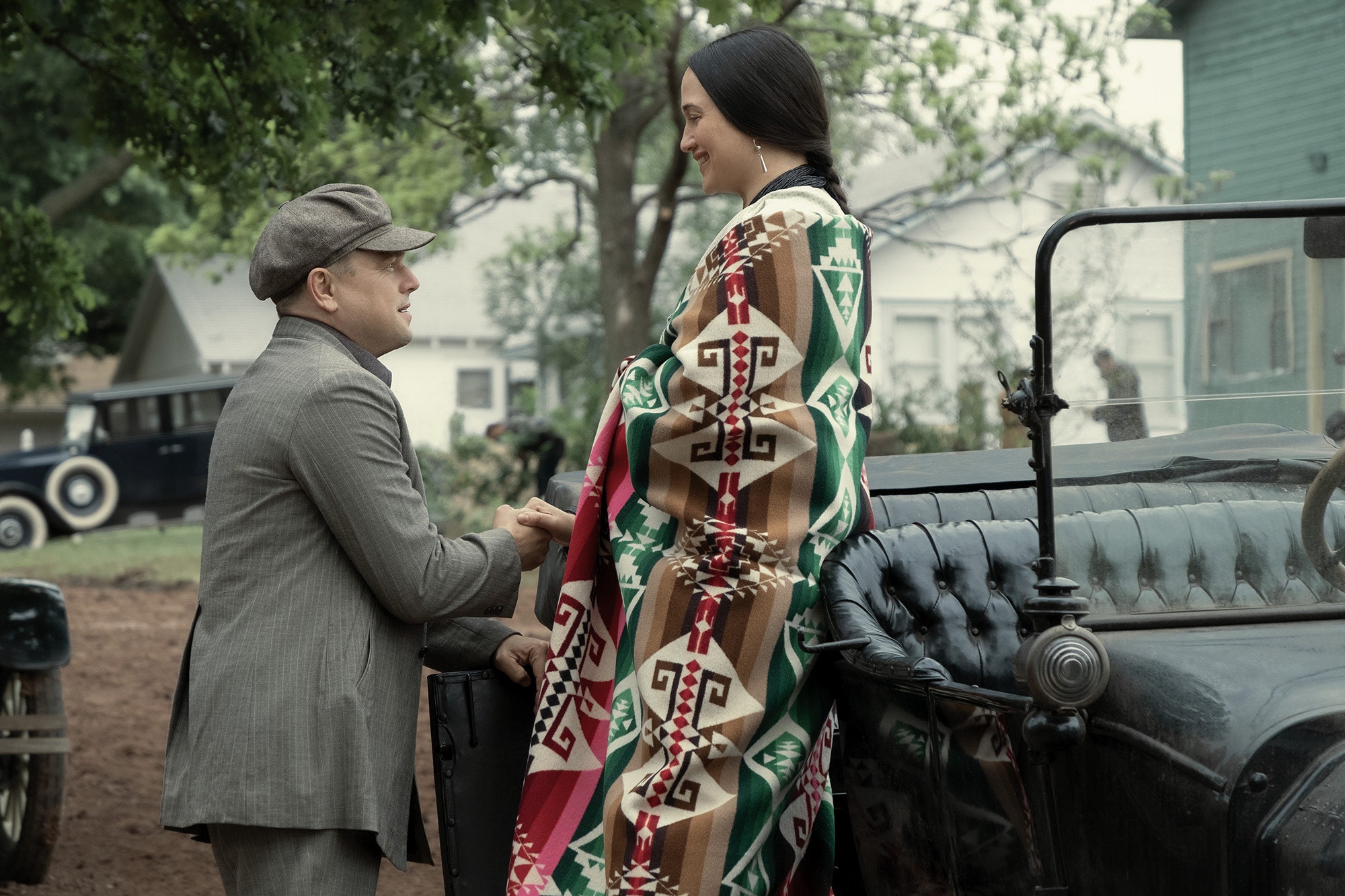
Onscreen chemistry is a delicate and elusive thing; I daresay there has never been an onscreen couple like Gladstone and DiCaprio. Mollie is impassive and reserved. Ernest is twitchy and clingy, always looking for the right lie to fit the situation. His come-ons to Mollie are transparently lame, but he eventually wears down her defenses. Gladstone reveals Mollie’s shifting, layered motivations with an uncanny subtlety. She and her sisters, like many of the newly flush Osage women, take trophy white guys for husbands. But while her family is rich on paper, she is in a state-ordered conservatorship, because she has been declared “incompetent” on the basis that she’s not a rich white guy, so why should she have money? Marrying a white man means that her children will be the masters of their own financial fates — assuming she and the family fortune live that long. For one thing, the Osage are plagued by diabetes, which Dr. James Shoun (Steve Whitting) tells Mollie is caused by trying to eat like white people. For another, the wealthy Osage are being murdered for their money and the mineral rights to their oil fields.
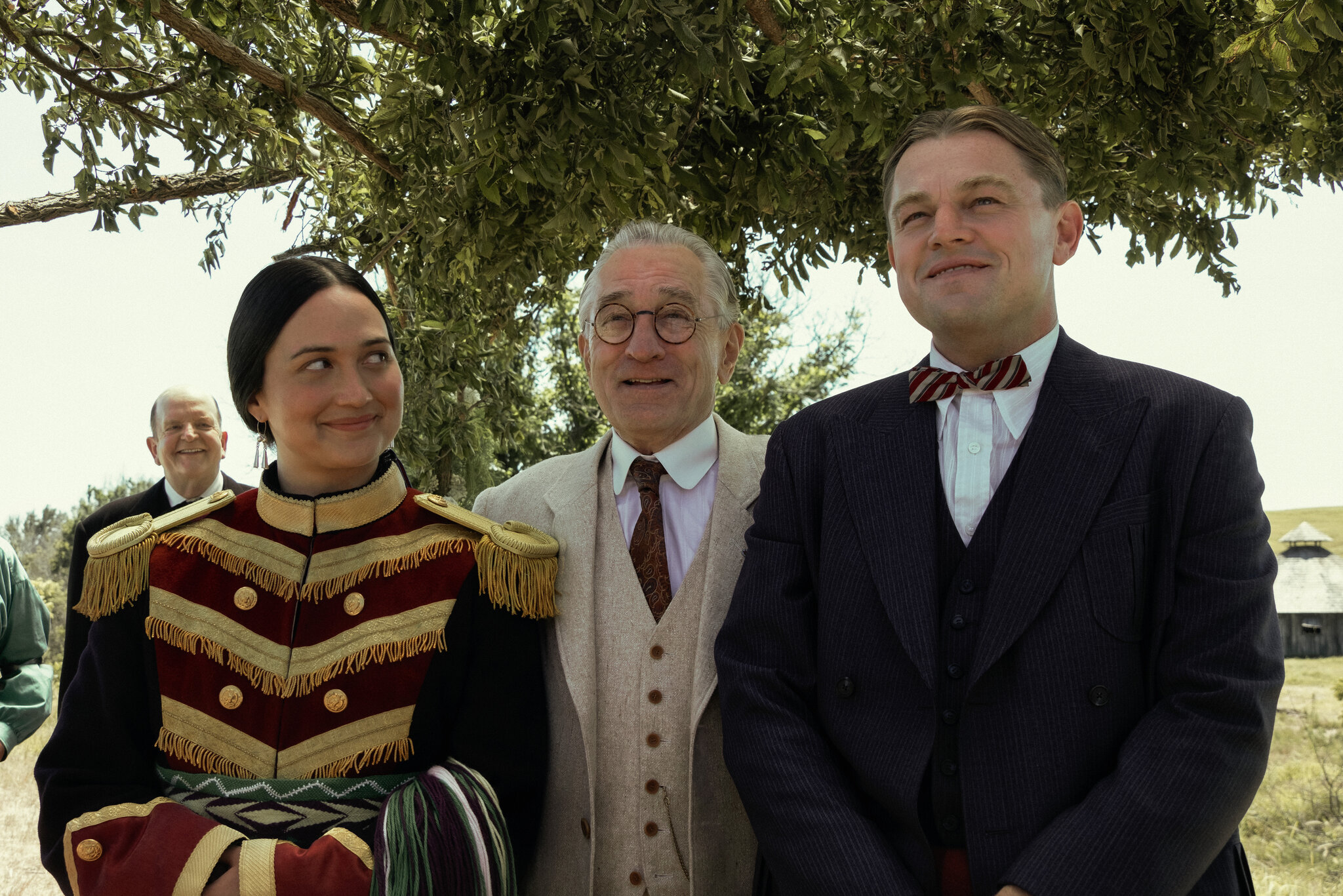
Scorsese spends the first part of this 206-minute epic methodically doling out the beats of Ernest and Mollie’s weird romance. He paints Ernest as a kind of thick schlub who lucked into a supportive family and the love of a good woman. Mollie thinks she can trust Ernest because his lies are so transparent. Then, the director casually reveals that Ernest is also a bushwhacker and bank robber. In fact, the man orchestrating the murder of the Osage is their biggest champion, King Hale. He’s methodically killing off Mollie’s sisters while waiting for her elderly mother Lizzie Q (Tantoo Cardinal) to join the ancestors. Once Mollie is the sole heir of the family fortune, Ernest will kill her with tainted insulin, thus bringing her oil rights under King’s control.
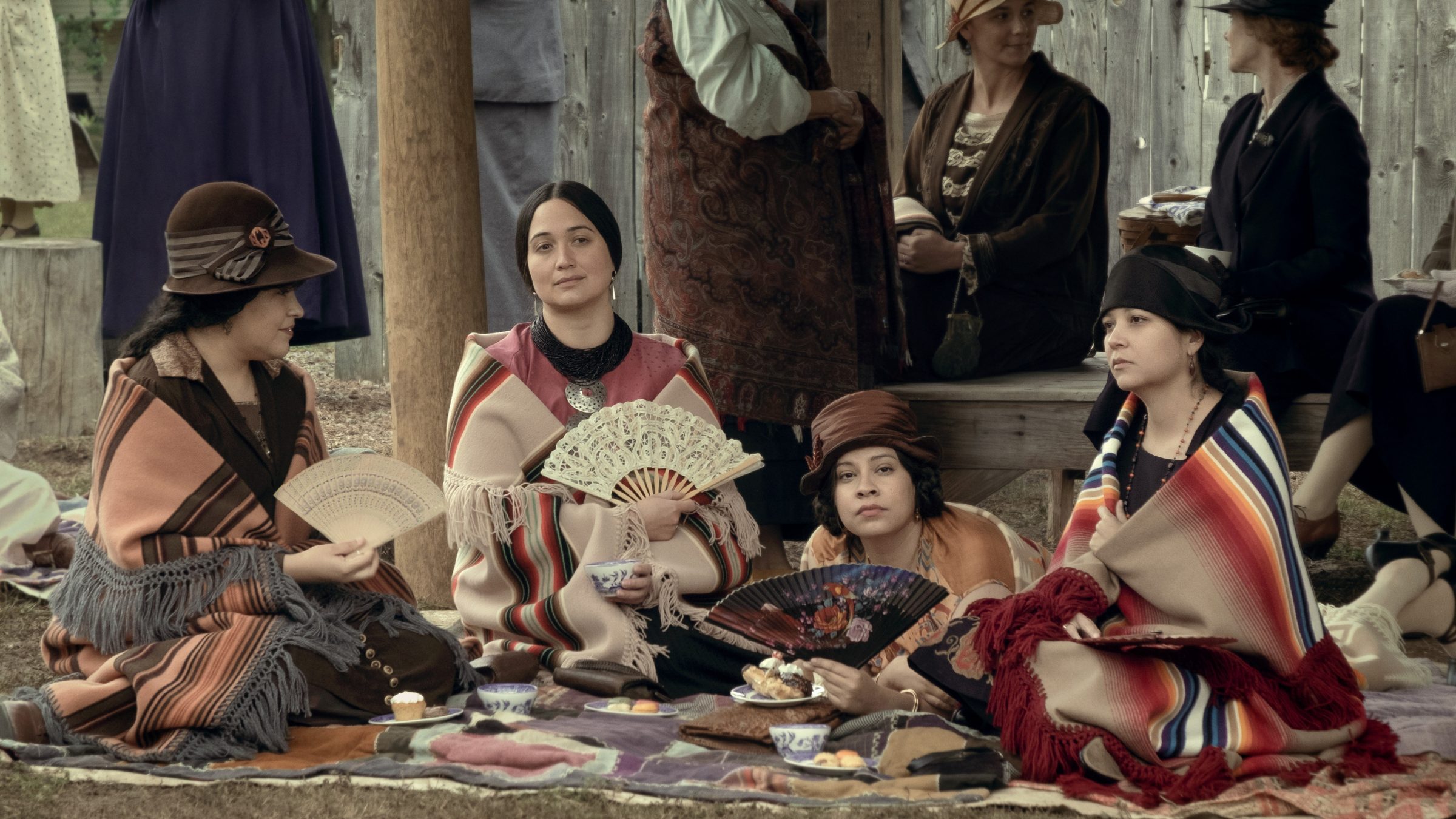
Killers of the Flower Moon is based on a 2017 nonfiction book by David Gann, subtitled The Osage Murders and the Birth of the FBI. After the Osage organize a trip to Washington D.C. to plead their case to President Calvin Coolidge, the newly formed FBI shows up in the form of Agent Tom White (Jesse Plemons) and starts digging into the locals’ secrets. Scorsese brings all of his thematic threads together in a jaw-dropping scene where White meets with his investigators on a lonely Oklahoma hilltop. As they piece together King Hale’s genocidal plot, they see in the distance men fighting a grass fire, their forms shimmering through the heat and flame like souls condemned to hell.
Scorsese’s complete mastery of form allows him to shift tones and genres at will. At various times, Scorsese invokes the grandeur of Kurosawa and Lynch’s interior visions. What starts as a frontier epic becomes a period romance, then a howcatchem murder mystery. When John Lithgow shows up as a federal prosecutor, we’re in a courtroom drama. Many of Scorsese’s recurring themes are here — organized crime, toxic masculinity, mystic spirituality, polite society’s constant undertone of violence — but changing the setting from familiar environment of the Northeastern urban centers to the Oklahoma plains has provided new perspective, and a wider canvas. Killers of the Flower Moon is an exceedingly rare gem: A late-career breakthrough from one of America’s greatest artists.

